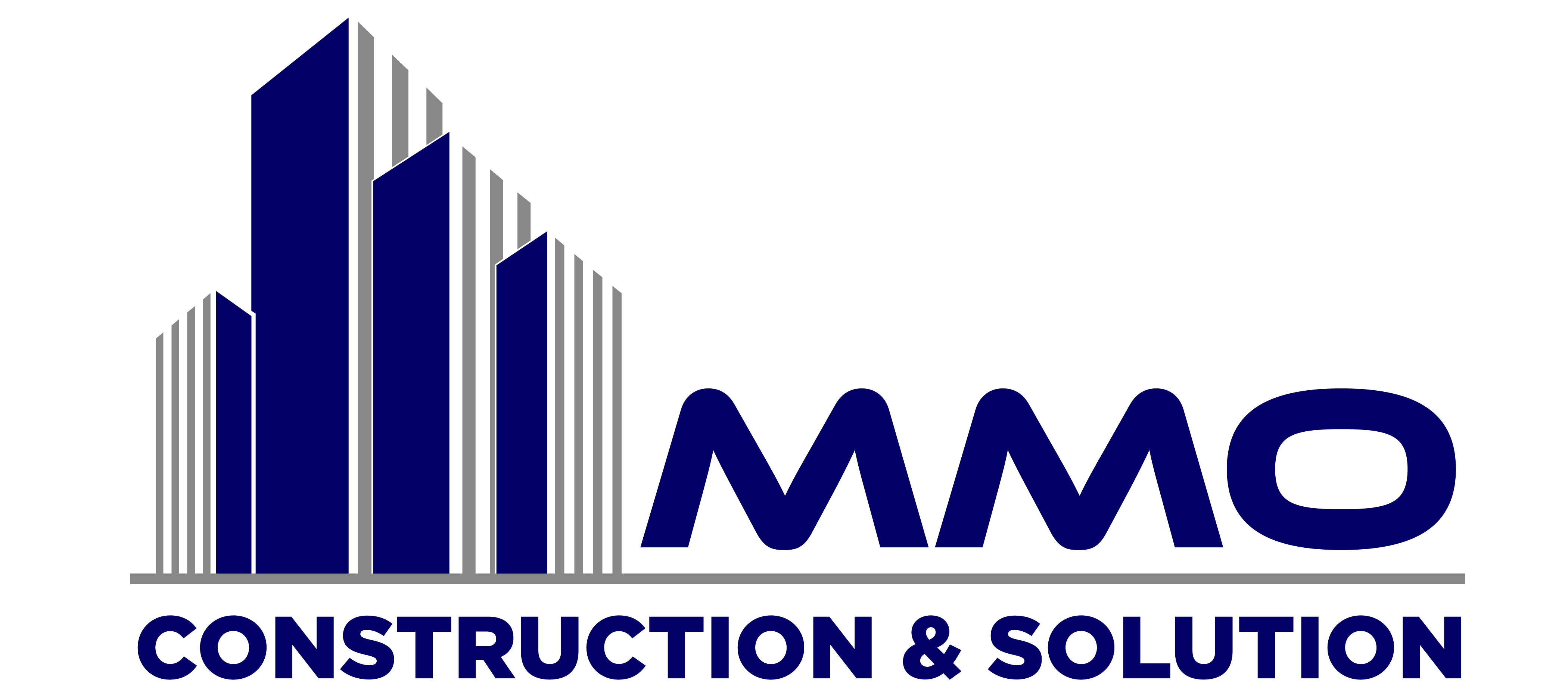- info@mmoconstruction.com
- 9399088243, 7828055501
- L-69, PHASE - 2, Mhow, Madhya Pradesh
Construction projects are complex and challenging endeavors that require careful planning and management. Whether you are building a new home, office, or infrastructure, you need to follow some best practices to ensure that your project is completed on time, on budget, and with high quality. Here are some tips on how to plan and manage a successful construction project.
Define the Scope and Objectives
The first step in any construction project is to define the scope and objectives. What are you trying to achieve? What are the deliverables and specifications? What are the constraints and risks? These questions will help you to clarify the scope and objectives of your project and set realistic expectations for yourself and your stakeholders.
Create a Detailed Project Plan
Once you have defined the scope and objectives, you need to create a detailed project plan that outlines the tasks, milestones, resources, costs, and timelines of your project. A project plan will help you to organize and coordinate your activities, track your progress, and communicate your status to your team and clients. You can use various tools and methods to create a project plan, such as Gantt charts, work breakdown structures, critical path analysis, and more
Assemble a Qualified Team
A construction project is only as good as the people who work on it. Therefore, you need to assemble a qualified team that has the skills, experience, and expertise to execute your project. You also need to define the roles and responsibilities of each team member and ensure that they have the necessary tools and equipment to perform their tasks. Additionally, you need to foster a collaborative and supportive work environment that encourages teamwork, communication, and problem-solving.
Manage the Risks and Changes
Construction projects are subject to various risks and changes that can affect their outcomes. For example, you may encounter unexpected delays, cost overruns, design errors, quality issues, safety hazards, and more. To manage these risks and changes, you need to identify, analyze, and prioritize them and develop contingency plans and mitigation strategies. You also need to monitor and control the risks and changes throughout the project and update your project plan accordingly.
Review and Evaluate the Results
The final step in any construction project is to review and evaluate the results. You need to compare the actual performance and outcomes of your project with the planned ones and identify the deviations and discrepancies. You also need to measure the satisfaction and feedback of your clients and stakeholders and determine if you have met their expectations and requirements. Furthermore, you need to document the lessons learned and best practices from your project and apply them to your future projects.






